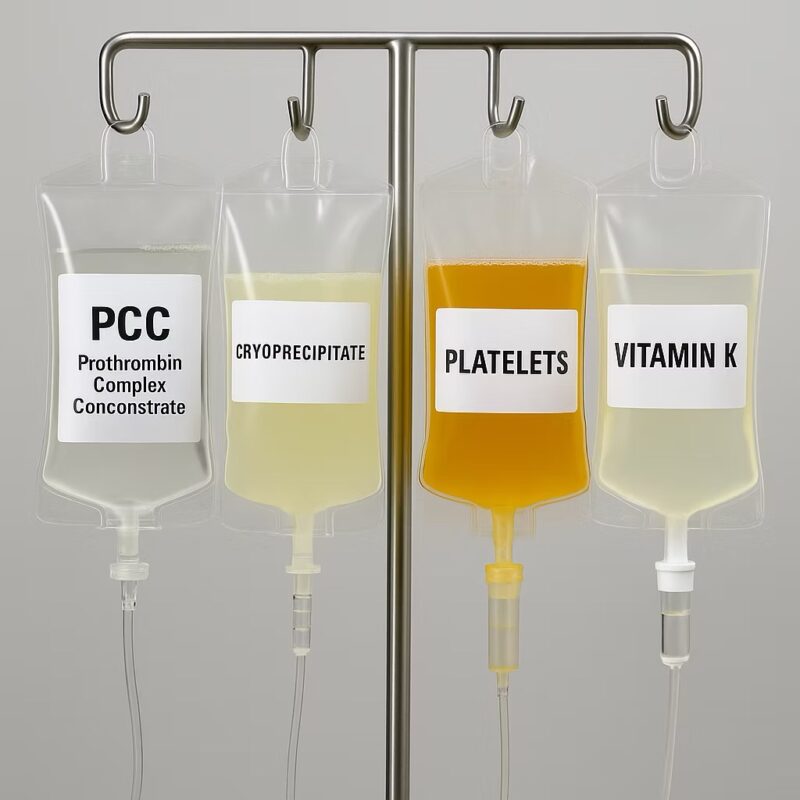
Fresh Frozen Facts Part 3: A Thoughtful Look at Plasma Transfusion by Dr. Caitlin Raymond
Caitlin Raymond, MD/PhD shared an insightful chain of posts on LinkedIn:
”Fresh Frozen Facts, Part III: What FFP Doesn’t Do and Alternatives
Plasma transfusion isn’t benign. And too often, it isn’t necessary.
In Part III of my four-part series on plasma products, I dive into one of the most common — and most misguided — uses in transfusion medicine: the reflexive ordering of FFP in moments of clinical uncertainty.
- Mild INR elevation before a procedure?
- Confusing coagulopathy in a bleeding patient?
- A vague feeling that “we should do something”?
For years, that “something” has too often been FFP — despite evidence that it’s ineffective, high-risk, and rarely the right tool for the job. This post breaks down:
- Why plasma won’t correct a mildly elevated INR
- The truth about coagulopathy in liver disease
- Why FFP is not a volume expander
- Better alternatives: PCCs, cryo, vitamin K, platelets, and targeted factor concentrates
I also tackle the risks we often overlook: TRALI, TACO, allergic reactions, and the resource burden of thawing, typing, and administering plasma when it won’t help.
If you’ve ever wondered when not to transfuse — or how to avoid “just in case” medicine — this one’s for you.”
Read the full poste here.
Caitlin Raymond, MD/PhD, has launched an educational series on Fresh Frozen Plasma (FFP), now available on her journal blog.
Enjoy the third part and make sure you do not miss all the Fresh Frozen Facts!

Stay tuned for updates to the Fresh Frozen Facts series on Hemostasis Today.
-
Dec 18, 2025, 17:13Daria Camilli on EuroBloodNet and EHC Collaboration for Bleeding Disorders
-
Dec 18, 2025, 16:50Marie Cambot on Innovhem’s Quantification of The HbF/HbS Ratio for SCD
-
Dec 18, 2025, 16:26Yogesh Rathod on Hematological Issues and ICU
-
Dec 18, 2025, 16:09Carlos Doti: I’m Reminded Why ASH is Such a Powerful Close to The Year
-
Dec 18, 2025, 15:23Michael Hadley: Well-Timed ACC Statement Just Out in JACC Journals
-
Dec 18, 2025, 15:12Wolfgang Miesbach on Insights from Guy Young’s ASH2025 Session on Next-Generation Gene Therapy
-
Dec 18, 2025, 14:15Plasma-Derived Therapy for Hemophilia in The Updated European Medicines Agency’s Union List
-
Dec 18, 2025, 13:55Laurent Bertoletti: BAT-VTE is One of 7 Projects Funded Under the EFFECT Trial Call!
-
Dec 18, 2025, 13:34Alexandru Stieber Explores VEXAS Syndrome
